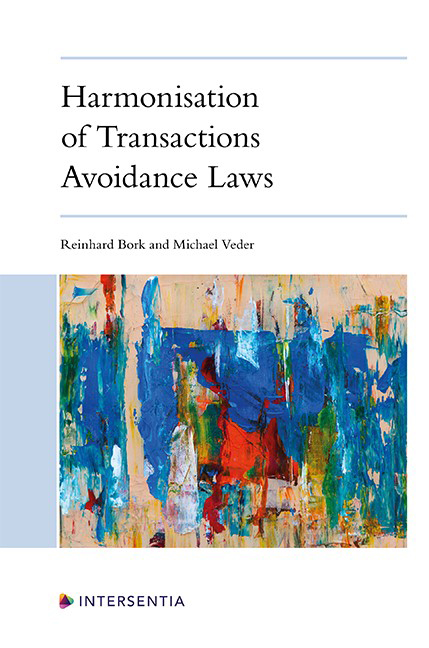Hungary
Published online by Cambridge University Press: 26 May 2022
Summary
PART 1. DETAILS OF YOUR NATIONAL TRANSACTIONS AVOIDANCE LAW
I. SYSTEM
Question 1. Is your transactions avoidance law (for terminology cf. Introduction at C.) part of insolvency law or is it in parts or as a whole incorporated in other fields of law (e.g. general civil law, commercial law, company law)?
Hungarian transactions avoidance law is entirely incorporated in insolvency law.
Question 2. Are the rules on transactions avoidance law in your jurisdiction the same for entrepreneurs/legal entities and consumers/natural persons? If not, please explain the differences and take it into account when completing this questionnaire.
The Hungarian Insolvency Act only applies to legal entities, i.e. there are no rules on transactions avoidance regarding consumers/natural persons. (There is a separate statute on the insolvency of natural persons, but this statute contains no rules on transactions avoidance.)
Question 3. Are the rules on transactions avoidance law in your jurisdiction the same for liquidation and restructuring proceedings (if any)? If not, please explain the differences and take it into account when completing this questionnaire.
The Hungarian Insolvency Act only contains provisions for transactions avoidance in liquidation (winding-up) proceedings (felszámolási eljárás). In restructuring proceedings (csődeljárás), transactions avoidance is not possible.
Question 4. Are the rules on transactions avoidance law in your jurisdiction the same for debtor-in-possession proceedings (if any)? If not, please explain the differences and take it into account when completing this questionnaire
As noted above (Question 3), there are no provisions for transactions avoidance in restructuring proceedings (which can be considered to be debtor-in-possession proceedings). The debtor could rely on the provisions of the Civil Code.
Question 5. Does your transactions avoidance law distinguish various avoidance grounds (e.g. preferences, transactions at an undervalue, etc.) or is there only one general clause for all kinds of transactions?
Yes, the Insolvency Act distinguishes between various avoidance grounds.
Question 6. If the answer to Question 5 is “yes”: does your law contain special rules for the following kinds of transactions (for details, see below at Question 12 et seq.):
a) preferences?
Yes.
b) transactions at an undervalue?
Yes.
c) intentionally fraudulent transactions?
Yes.
- Type
- Chapter
- Information
- Harmonisation of Transactions Avoidance Laws , pp. 889 - 912Publisher: IntersentiaPrint publication year: 2022



